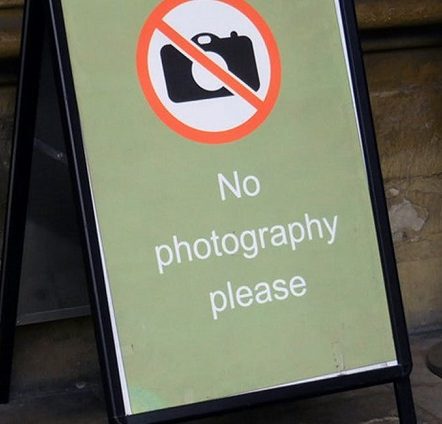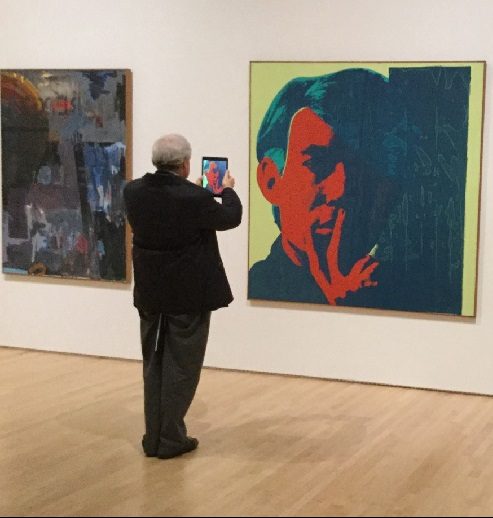Here’s reasons that taking pictures of invaluable artworks makes you a d-bag and why is photography not allowed in museums.
- It’s ugly. Seeing people associating their cameras, as they stand straight in front of a painting is, honestly, irritating as all hell. There is absolutely nothing that yells “traveler” more. Do not be that person.
- It injures the painting. No, really. We are discussing artworks that are a century old. They can’t stand that much direct exposure to blinding bursts of light, numerous times a day. Does flash photography damage paintings.
 It’s sidetracking. Even without a flash, the click of your camera is irritating enough. With a flash? It’s even worse than having Gilbert Gottfried relieve fracture infants.
It’s sidetracking. Even without a flash, the click of your camera is irritating enough. With a flash? It’s even worse than having Gilbert Gottfried relieve fracture infants.- It develops blockage. Museums are typically crowded enough without you standing in front of displays for 20 minutes attempting to change your aperture. Move along and don’t take pictures in museums.
- You will not in fact see the work. Rather of showing and valuing brush strokes, method, point of view, lighting, and all that other things that gets art majors laid when they discuss it, you’re gazing at a 2 ″ x 2 ″ display screen on the back of a camera. You may wind up with an image of the Mona Lisa, however you will not keep in mind having seen it on your own.
- The pictures you take will be meaningless. Without a flash, it will be blurred. With a flash? You’ll get a glare, rinse the painting, and most likely do irreversible damage to the work. Thus taking photographs is banned in many museums.
- You’re taking money from the museum. Arts organizations are suffering more than ever (yes, even in spite of the $20 you simply paid out for admission) and museum store sales assist a lot. Taking a picture of a painting implies you will not buy a poster or a postcard– you’re basically taking from the museum, in addition to leaving yourself an inferior image.
 Cameras turn museums into traveler traps, rather of locations of reflection. If everybody was snapping pictures all around him, do you believe Cameron could have had his moment in front of Seurat’s A Sunday on La Grand Jatte?
Cameras turn museums into traveler traps, rather of locations of reflection. If everybody was snapping pictures all around him, do you believe Cameron could have had his moment in front of Seurat’s A Sunday on La Grand Jatte?- You are setting a bad example for future generations. It is hard enough to get kids to value art. The fragility of a painting is quickly lost on them. In addition, if they do not understand now that these things are fragile challenge be secured, they likely will not when they are grownups. Particularly if they see you march through flashing your camera all over the place.
- You are destructive artists’ claims to their copyright. Taking images of another person’s work produces some odd legal circumstances. It hinders an artist’s (or an artist’s estate’s) claim on their copyright, which the museum is taking lengths to maintain (thus, no images permitted).
If it maintains, we will be seeing more and more examples like these bastardizations of Edward Hopper’s Nighthawks (though The Simpsons one is quite amazing).
